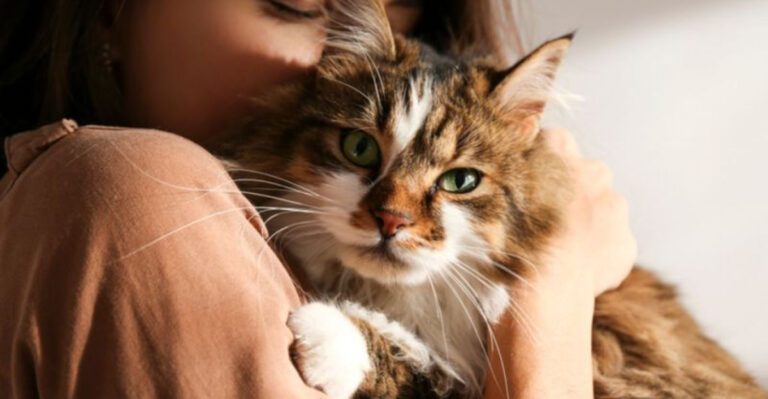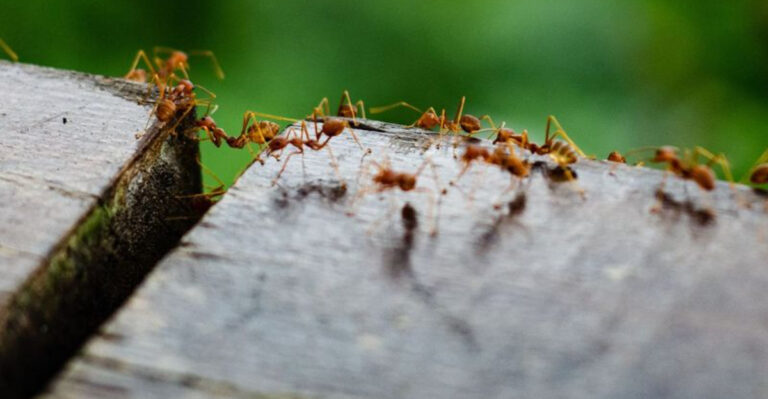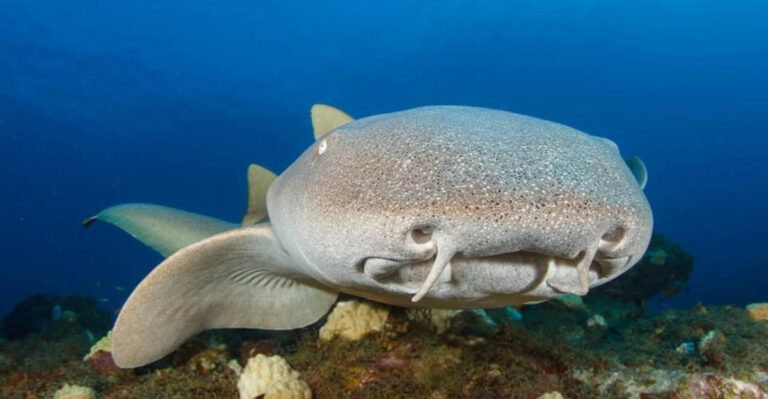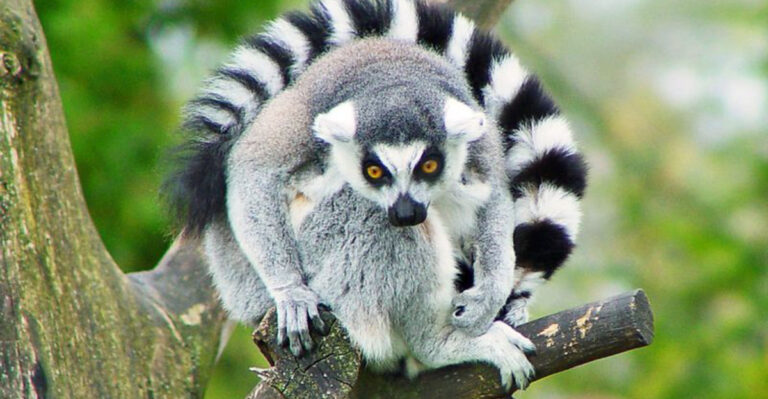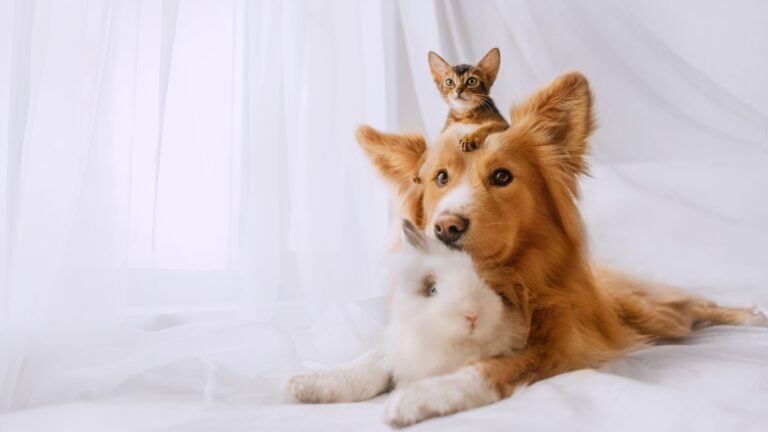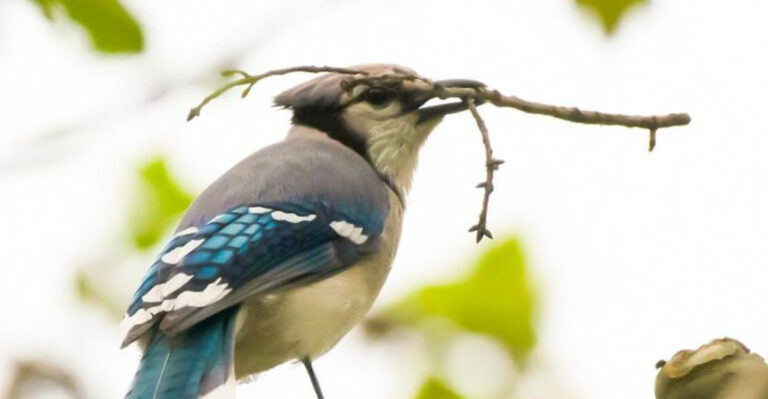These Are The Most Popular Orange Cat Breeds (Plus 7 Fun Facts About Them)
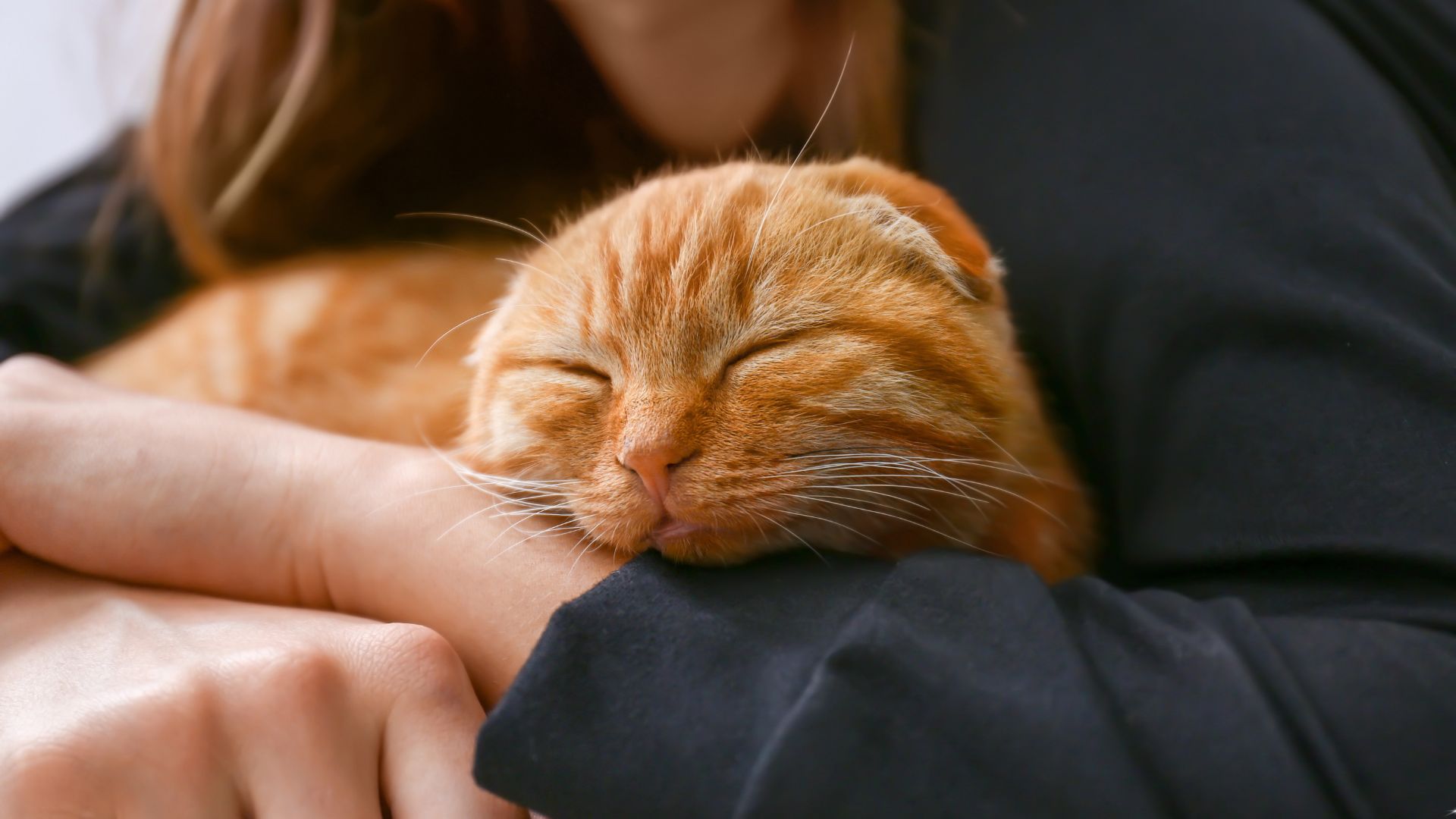
Orange cats are hard to miss with their striking coats and charming personalities. Known for their vibrant fur that ranges from deep amber to light cream, these cats are among the most popular pets around.
Whether it’s their friendly demeanor or their captivating color, orange cats seem to capture the hearts of many.
In this article, we’ll explore the most beloved orange cat breeds and share 7 fun facts that will make you love them even more. Get ready to meet these fiery felines!
1. Majestic Maine Coon
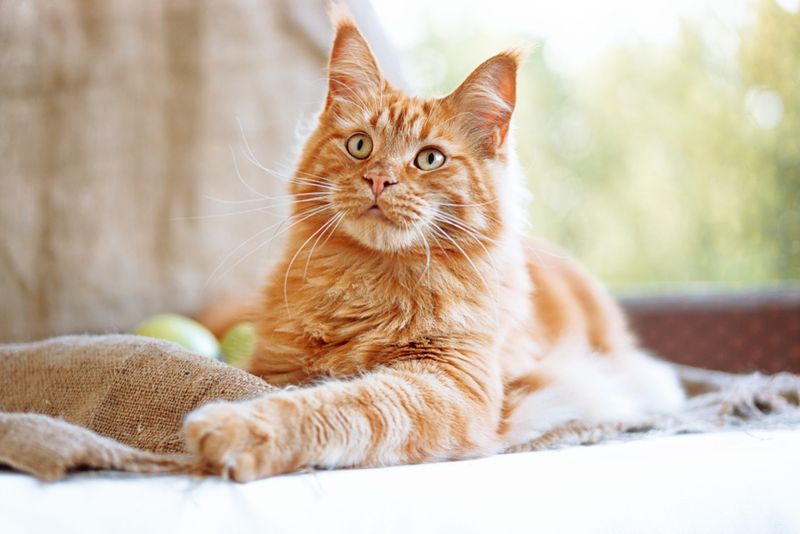
Gentle giants of the cat world, Maine Coons sport gorgeous ginger coats that enhance their woodland predator appearance. Their tufted ears and bushy tails help them survive harsh winters.
Maine Coons are known for their dog-like loyalty and playful chirping sounds instead of meowing. These sociable cats love water and often use their paws like hands to examine objects of interest.
2. Spirited Abyssinian
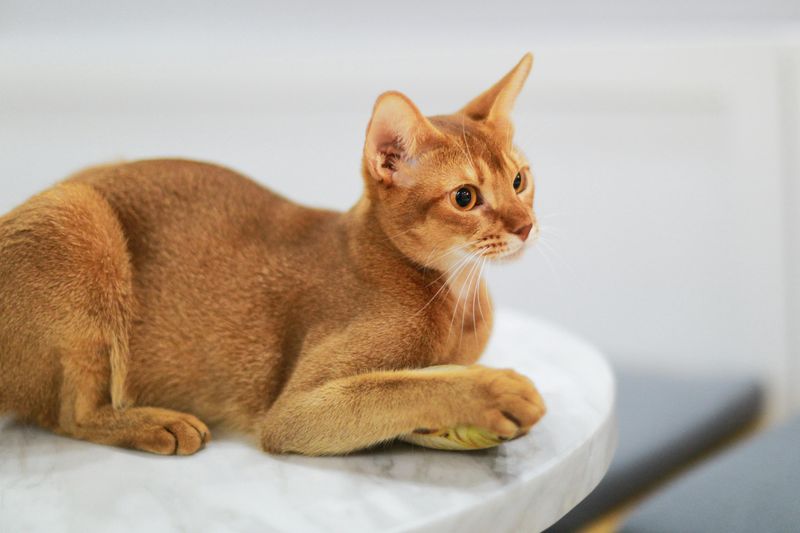
Sporting a ruddy orange coat with distinctive ticking, Abyssinians resemble miniature mountain lions with their wild appearance. Each hair features bands of color creating a shimmering effect when they move.
Born adventurers, these cats never seem to run out of energy. Abyssinians thrive on interaction and will follow their humans everywhere, offering commentary through trills and chirps while investigating every corner of their domain.
3. Round-Faced Persian
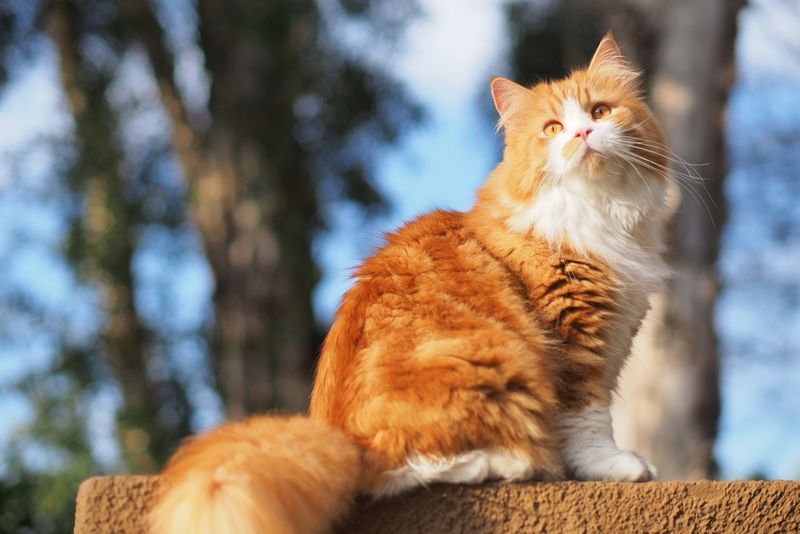
With faces that look perpetually squished, ginger Persians combine their signature flat features with gloriously long orange fur. Their copper-colored eyes perfectly complement their sunset-hued coats.
Unlike their active feline cousins, these aristocrats prefer lounging on velvet cushions to chasing toys. Daily brushing isn’t optional with these glamorous cats – their luxurious coats require dedicated maintenance to prevent painful mats and tangles.
4. Chatty Munchkin
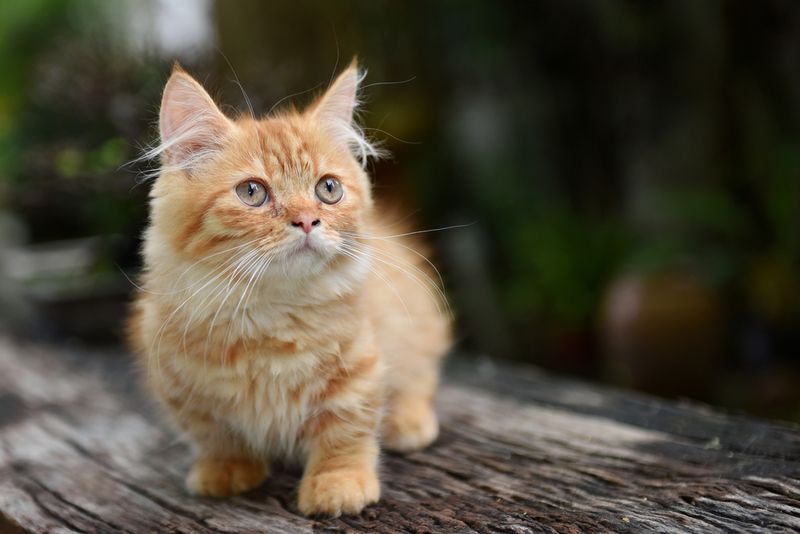
Munchkins in ginger coloration combine adorable short legs with bright orange fur, creating an irresistibly cute package. These genetic shorties maintain all the agility of normal cats despite their unique proportions.
Don’t let their small stature fool you – Munchkins are energetic conversationalists who love racing around corners at surprising speeds. They’ll stand on hind legs like meerkats to get a better view, a charming habit that never fails to delight their human companions.
5. Elegant Somali
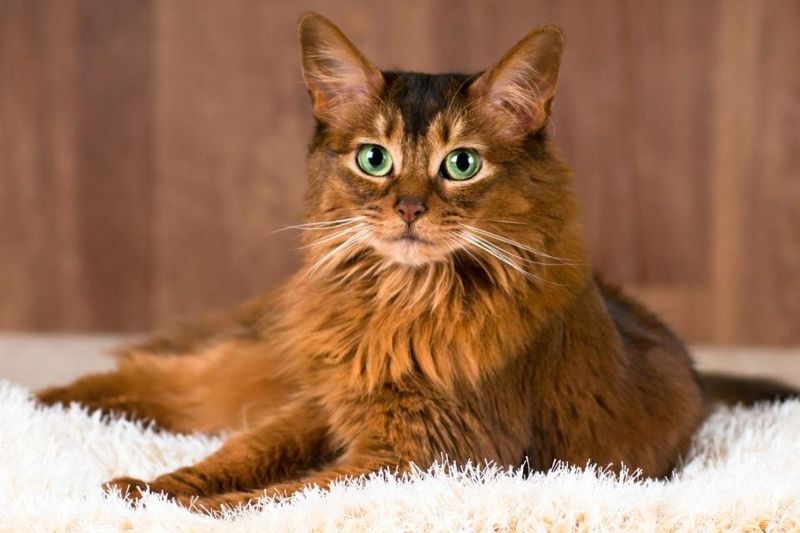
Often called the “fox cat,” ginger Somalis showcase spectacular bushy tails and wild-looking ticked coats. Their almond-shaped eyes seem to hold ancient secrets, giving them a mystical appearance.
Somalis combine the playfulness of their Abyssinian ancestors with extra fluff and sass. These cats form deep bonds with their families while maintaining an independent streak. Their intelligence means they’ll quickly learn to open doors, cabinets, and any container that might hide treats.
6. Muscular American Bobtail
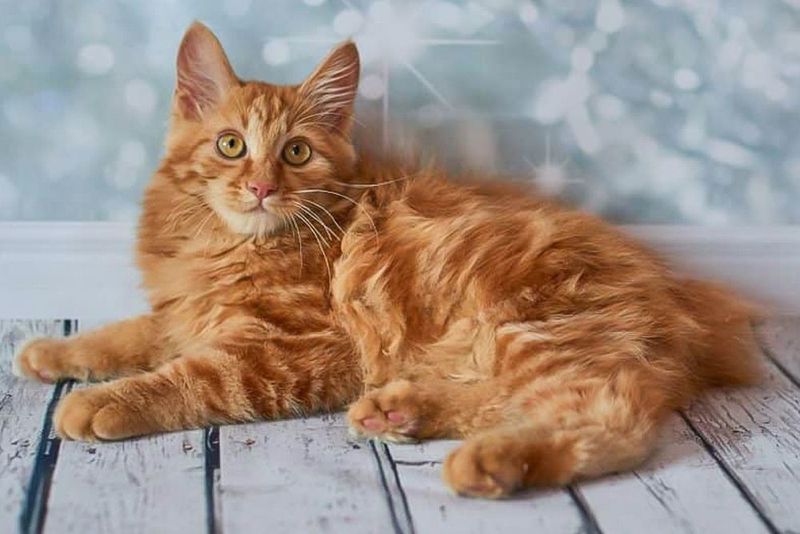
Ginger American Bobtails turn heads with their stubby tails and powerful, athletic builds. Their wild appearance belies their exceptionally sweet temperaments and devotion to their human companions.
These natural hunters excel at interactive games that challenge their problem-solving abilities. American Bobtails adapt easily to new environments, making them excellent travel companions. Their expressive eyes and unique vocalizations create an almost supernatural bond with their chosen people.
7. Exotic Shorthair Teddy Bears
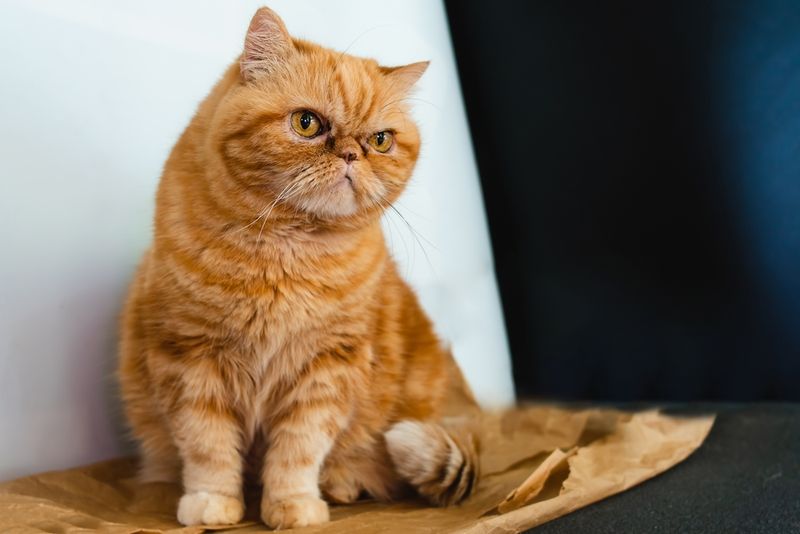
Imagine Persian luxury without the grooming hassle – that’s the ginger Exotic Shorthair. Their plush, dense coats feel like velvet teddy bears, while their round faces perpetually wear sweet expressions.
These orange cuddlers bring calm energy to any household. Despite their laid-back nature, they’ll occasionally zoom around in surprising bursts of playfulness. Exotic Shorthairs form deep attachments to their families but won’t demand constant attention like some more vocal breeds.
8. Playful Scottish Fold
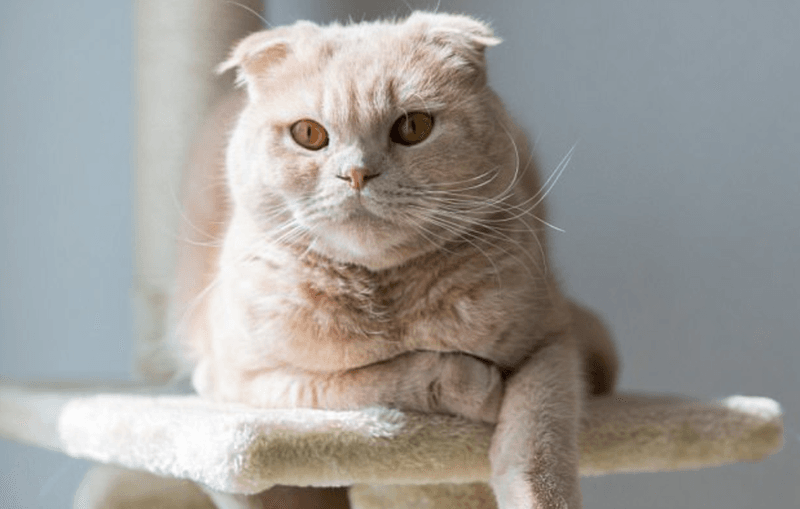
Those distinctive folded ears combined with bright orange fur make Scottish Folds instantly recognizable. Their rounded owl-like faces seem permanently surprised, adding to their endearing charm.
Devoted and adaptable, these cats form strong bonds with children and other pets. Scottish Folds maintain kitten-like playfulness well into adulthood. They’re known for sitting in the “Buddha position” with paws tucked under their chest, looking utterly contemplative and adorable.
9. Regal Bengal Hybrid
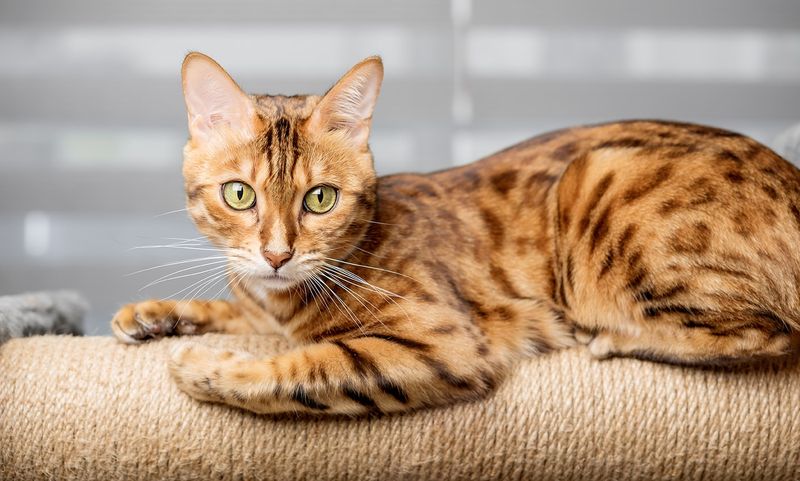
Orange Bengals showcase spectacular spotted or marbled patterns reminiscent of their wild ancestors. Their short, luxuriously soft coats have a distinctive glitter effect that sparkles in sunlight.
Athleticism defines these domestic leopards – they’ll leap to impossible heights with graceful precision. Bengals adore water play and will join their humans in the shower or splash in sinks. Their high intelligence demands environmental enrichment through puzzle toys, training sessions, and interactive play.
10. Affectionate Orange Tabby
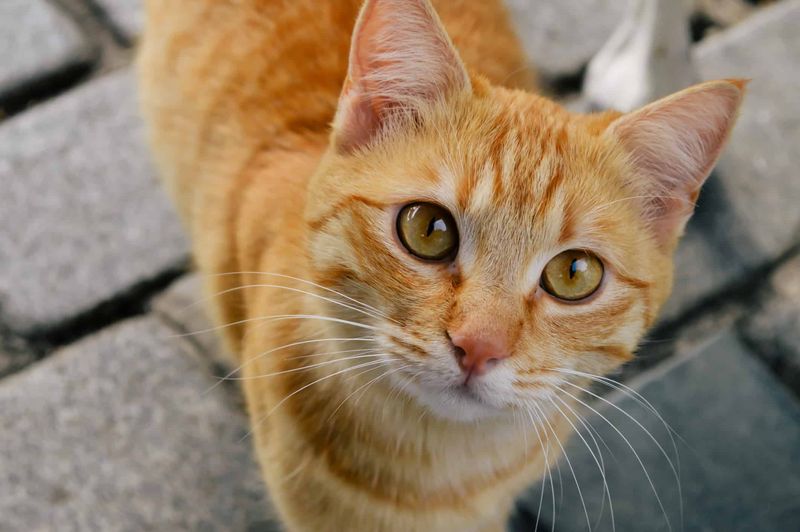
Not technically a breed but a coat pattern, orange tabbies appear across many breeds and mixed-breed cats. Their classic M marking on the forehead is especially pronounced against their warm ginger fur.
These cats often develop larger frames and charming personalities. Orange tabbies frequently become neighborhood celebrities due to their outgoing nature. Male orange tabbies outnumber females by about 4 to 1, explaining why so many ginger cats in popular culture are portrayed as boys.
11. Female Gingers Are Rare Treasures
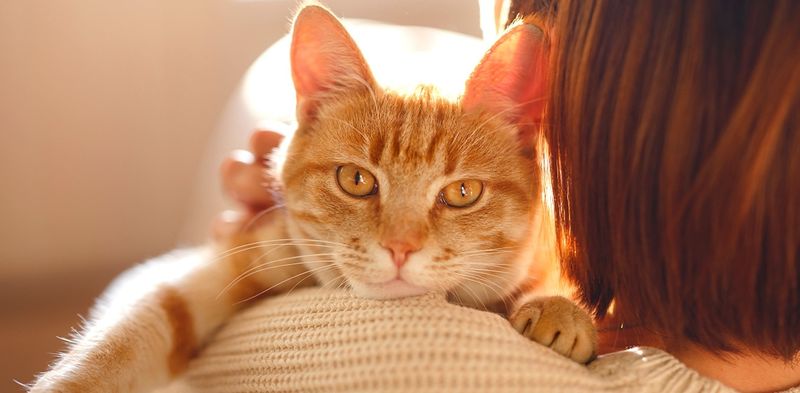
The genetics behind orange cats create a fascinating gender imbalance. Female gingers require the orange gene from both parents, making them statistical rarities compared to their male counterparts.
Only about 20% of orange cats are female, which explains why finding a girl ginger feels like discovering a four-leaf clover! This genetic quirk means female orange tabbies are especially treasured by cat enthusiasts who understand their uncommon status in the feline world.
12. Orange Cats May Have Bolder Personalities
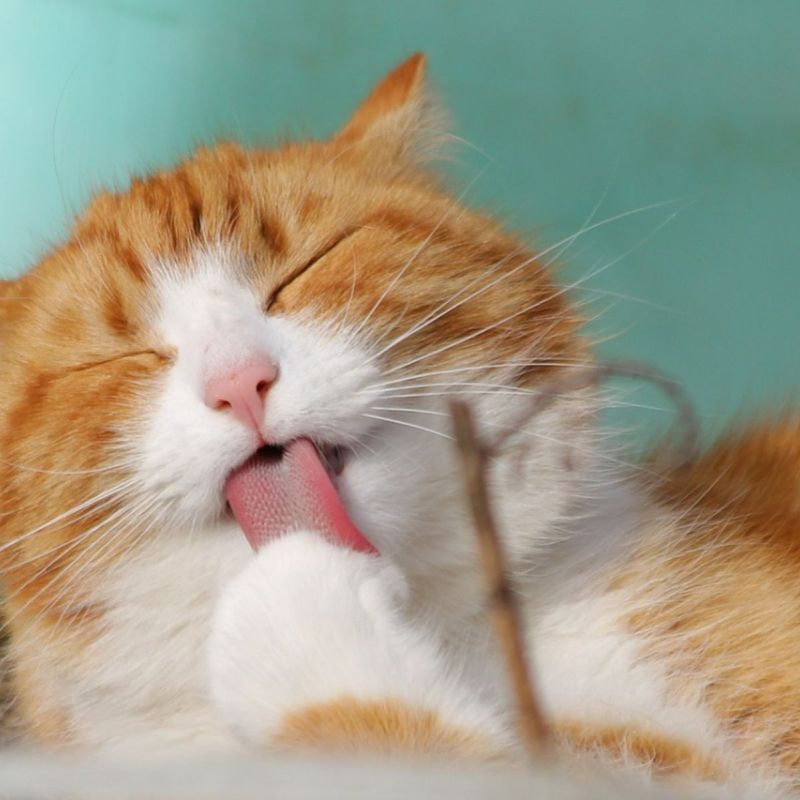
Research suggests coat color might influence feline temperament, with orange cats often rated as more friendly and approachable. Their reputation for sociability isn’t just folklore – many veterinarians and shelter workers note this pattern too.
These sunny-colored companions typically adjust quickly to new environments and people. Their outgoing nature makes them excellent therapy cats in hospitals and nursing homes. This friendly disposition might explain why orange cats are frequently chosen for advertising and movies.
13. Ginger Cats In History And Culture
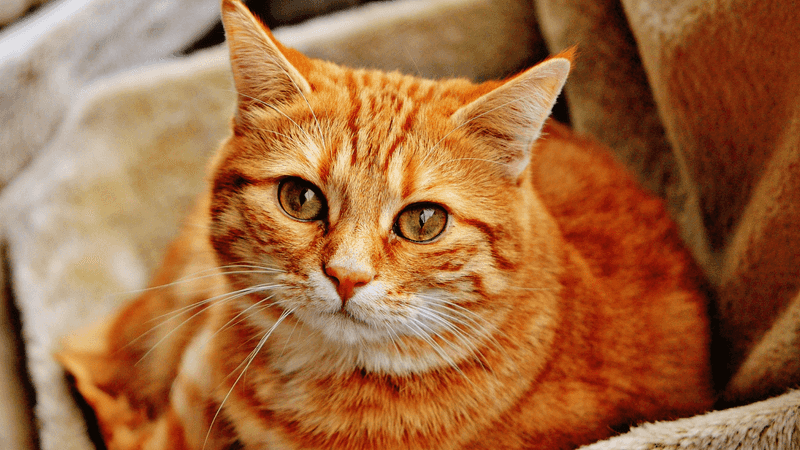
Orange cats have left their pawprints across human culture for centuries. From ancient Egyptian worship to modern-day Garfield, these fiery felines capture our imagination like no other color.
Winston Churchill’s famous ginger cat Jock enjoyed diplomatic privileges at important meetings. Many cultures consider orange cats lucky – Japanese sailors brought them aboard ships as protection against ghosts. Their distinctive appearance makes them marketing favorites, appearing in countless advertisements and brand mascots.
14. The Science Behind The Orange Coat
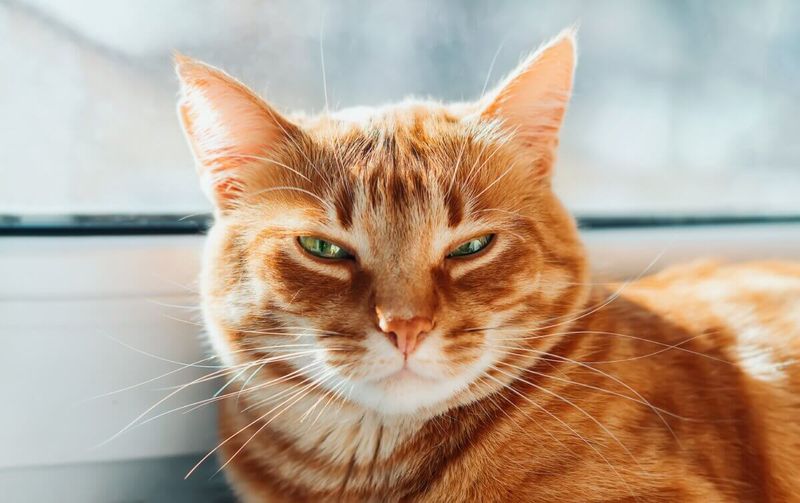
The distinctive orange hue comes from a specific pigment called pheomelanin. This same pigment creates red hair in humans, explaining why some call these cats “ginger” in the first place.
The orange gene is sex-linked, located on the X chromosome. This explains why males (XY) need only one copy to display orange fur, while females (XX) need two. Temperature can affect color intensity – some ginger cats develop darker markings in cooler body areas like legs and tail.
15. Caring For Your Ginger’s Unique Needs
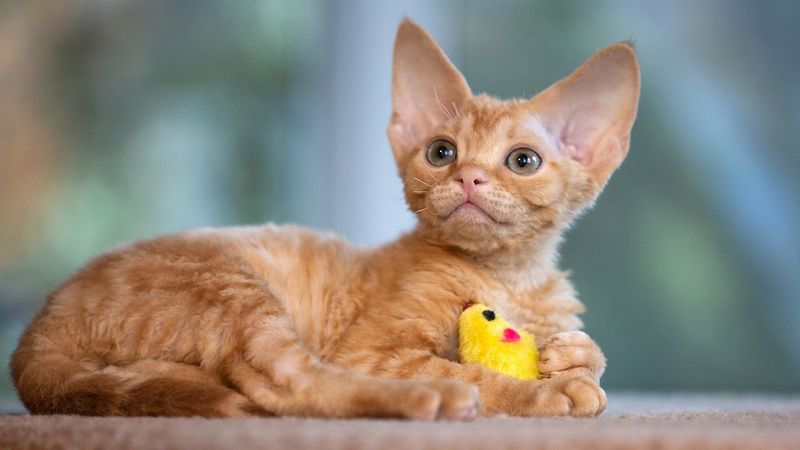
Orange cats have specific health considerations worth noting. Their fair coloring means increased sun sensitivity – ginger cats are more susceptible to sunburn and related skin cancers, especially on ears and noses.
Light-colored cats show dirt more visibly, requiring more frequent grooming. Orange cats may need dietary supplements containing tyrosine, an amino acid that helps maintain their vibrant coat color. Regular vet checks should include careful examination of lightly pigmented areas for early signs of skin issues.
16. Ginger Cats Are Often Very Affectionate
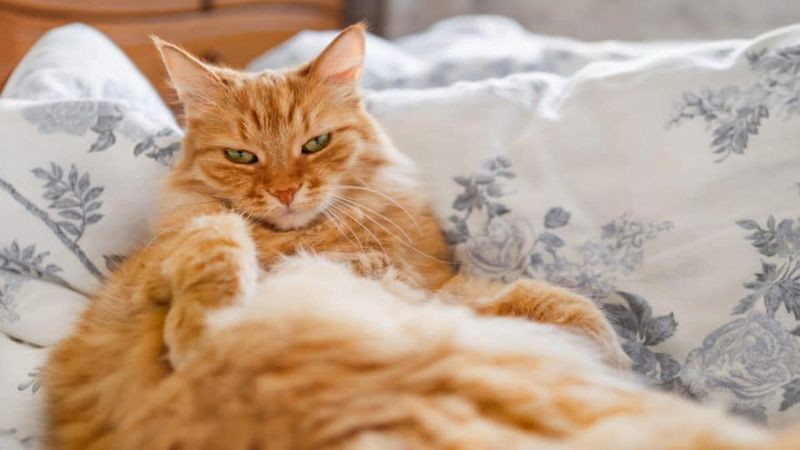
Ginger cats, known for their warm, orange coats, are also famous for their affectionate nature. They tend to be social and love to cuddle with their humans, making them excellent companions.
Unlike some cats that are more independent, ginger cats often seek out attention and enjoy being close to their family.
Their friendly and loving demeanor makes them a favorite among cat owners who appreciate a warm and fuzzy friend to share their day with.
17. Most Ginger Cats Are Male
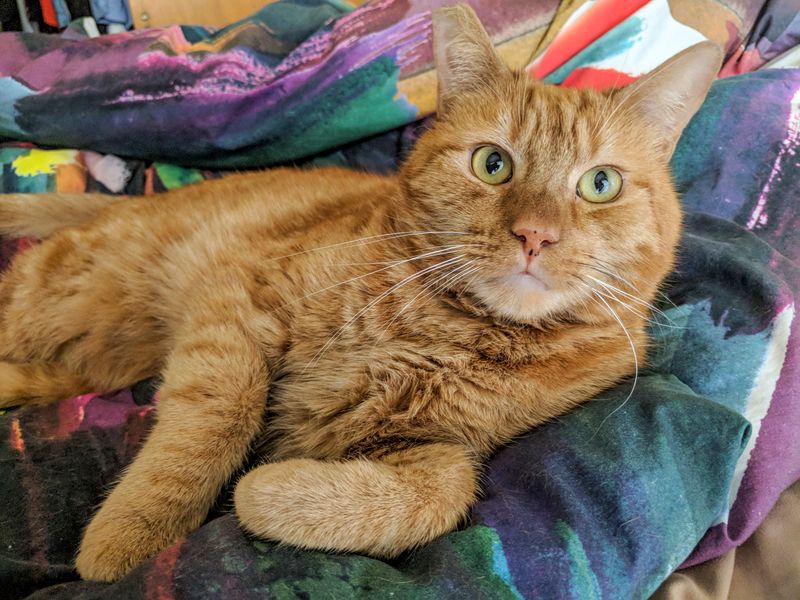
Did you know that about 80% of ginger cats are male? The genetic trait that causes the orange fur color is carried on the X chromosome, and since males have only one X chromosome, they are more likely to inherit the orange coloring.
Female ginger cats are much rarer and usually have a mix of orange and other colors in their fur, making the all-orange female even more special. This fact has made ginger male cats especially popular and recognizable in the world of cats.

